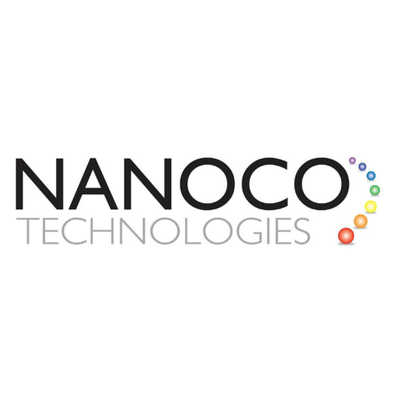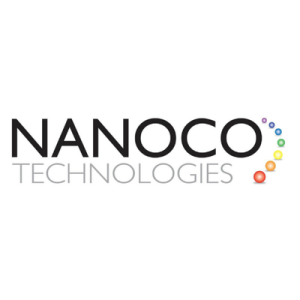Quantum dots (QDs), also known as nanoscale semiconductor crystals, were first described by Ekimov and Onushenko1 in a glass matrix, back in 1981, with the first biological imaging application reported in 1998.
Since then the field of QDs has been growing steadily and now includes applications in fields of solar cells, photovoltaic devices, light-emitting diode (LED) fabrication, photodetectors, computing, biomedical
imaging and so on.
Most conventional organic label dyes do not offer the near-infrared (NIR) (.650 nm) emission possibility; this region is highly desired for biomedical imaging due to its reduced light scattering and low tissue absorption, it is why QDs with their tunable optical properties have gained a lot of interest. These nanometric semiconductors offer unique and fascinating optical properties, such as high quantum yield, size-tunable light emission and good chemical and photo-stability. QDs, with sizes 2–10 nm, are generally composed of elements (such as Cd, Pb, Hg) from groups II–VI, III–IV and IV–VI in the periodic table. More recently, researchers have developed ternary I–III–VI QDs (where I = Cu or Ag, III = Ga or In, VI = S or Se).
Different types of QDs can be excited with the same light wavelength, and their narrow emission bands
can be detected simultaneously for multiple assays.
Nanoco Group PLC (LON:NANO) leads the world in the research, development and large-scale manufacture of heavy metal-free nanomaterials for use in displays, lighting, vertical farming, solar energy and bio-imaging.


